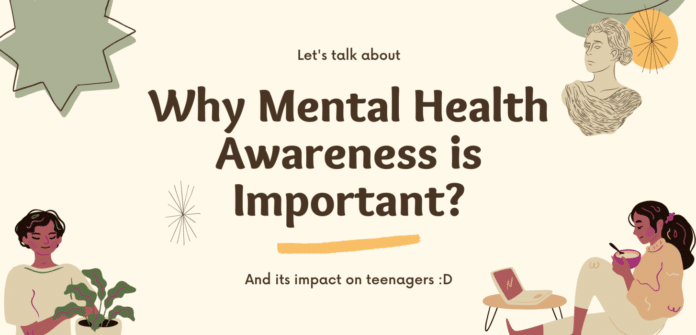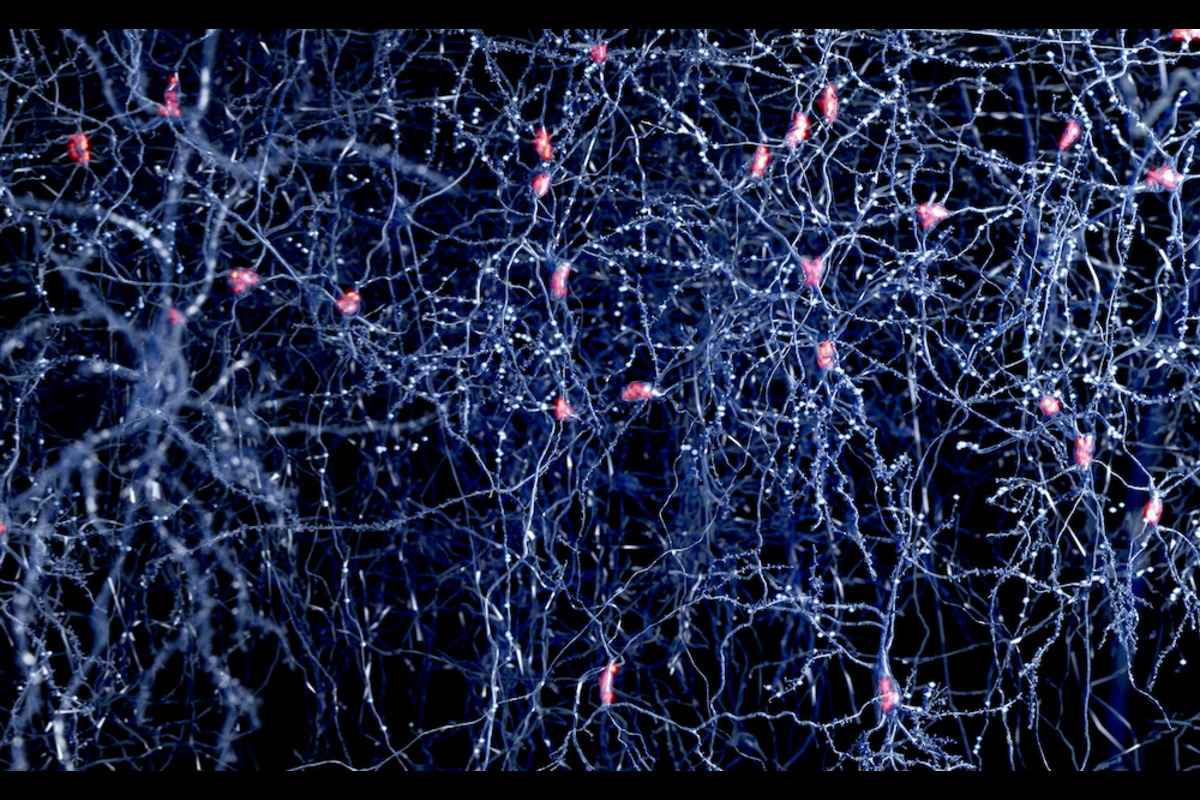Although the mind and body are often seen as separate entities, the reality is that there is a deep connection between mental and physical health. Good mental health can have a positive impact on your physical well-being. Contrary to this, poor mental health can affect your physical health badly.
Effects of Mental Health on Physical Health
Your general well-being is significantly influenced by your mental health. Being mentally healthy can help you stay physically healthy and manage major medical illnesses. An optimistic outlook can lower your risk of heart disease and stroke, according to research. On the other hand, poor mental health can result in harmful behaviors or physical illnesses.
Numerous studies have linked conditions like depression to various chronic illnesses. Diabetes, asthma, cancer, heart disease, and arthritis are some of these ailments. Additionally, schizophrenia has been linked to an increased risk of respiratory and cardiovascular conditions.
Managing chronic conditions can be made considerably more difficult depending on your mental health. Patients with illnesses including cancer and heart disease have higher rates of depression and other mental health issues, which increases mortality.
Sleep Issues
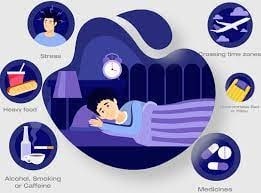
Individuals dealing with mental health conditions often encounter disruptions in their sleep patterns, such as insomnia or sleep deprivation. Insomnia can make falling asleep or staying asleep difficult, while sleep apnea can be a recurring cause of awakening during the night.
Approximately 50% to 80% of people may experience mental health issues, with only 10% to 18% of the general population facing sleep problems.
Although mental health difficulties like insomnia can be exacerbated by illnesses like depression, anxiety, or bipolar disorder, these sleep disturbances can also worsen those conditions.
Cigarette Use and Health Risks
People with mental health conditions are more likely to smoke compared to those with stable mental well-being. Among tobacco users, a significant number are individuals dealing with various mental health issues.
People suffering from depression often have lower levels of a chemical called dopamine in their brains. Your mind’s ability to control happy emotions is greatly influenced by dopamine.
Smoking may appear like a solution to lessen the symptoms of sadness since nicotine, which is present in cigarettes, can boost the creation of dopamine. However, since nicotine only provides temporary relief, you may feel the need to smoke repeatedly, which can lead to a potential cycle of addiction.
Access to health care
Individuals with mental health conditions often face challenges in accessing proper healthcare. For those dealing with mental health issues, taking care of their physical health can also be quite demanding. When you’re dealing with mental health issues, attending to your physical well-being, following a routine for medication, or engaging in regular exercise can become difficult.
Conditions of Physical Health That May Affect Mental Health
Your Mental Health and Physical Health Relationship is a strong one. Your mental health is significantly impacted by your physical health. Various physical ailments might cause changes in a person’s mental health as well.
Eczema, a dermatological condition, is often characterized by painful red sores on the skin. It is intimately related to both depression and excessive levels of stress. Eczema sufferers frequently experience emotional and psychological anguish, which can be detrimental to their general health and quality of life. Stress and depression primarily stem from anxiety, body image issues, and feelings of isolation.
Diagnosing conditions like cancer or undergoing heart surgery can also lead to feelings of depression or anxiety. In severe medical cases, almost a third of individuals may exhibit signs of depression, such as a low mood, sleep disturbances, and a loss of interest in activities.
How to Maintain Your Physical and Mental Health
How to Preserve Your Mental and Physical Health?
It’s crucial to think about both your physical and emotional health if you want to improve your general health. Here are some ways to take care of both your physical and mental health:
- Exercise regularly: Physical activity is not only crucial for maintaining fitness but can also improve your mood. Just 10 minutes of brisk walking each day can boost your mental alertness and keep you in a positive mood.
- Eat a balanced diet: You can feel better physically and mentally by eating a diet high in fruits and vegetables and low in processed carbohydrates and saturated fats. To develop a food plan specifically for you, speaking with a professional nutritionist can be helpful.
- Avoid using drugs and alcohol: Although substance abuse may offer temporary relief, it can have long-term detrimental impacts on your physical and emotional health. Avoiding alcohol and tobacco is essential for your overall well-being.
- Prepare Good Mental Exercises: Instead of negative emotions, try to focus on positive emotions and events. Seek help from others. Talking to friends or members of your community can help you feel less stressed. Helping others in difficult situations can also reduce your perceived burden. Instead of negative emotions, try to focus on positive emotions and events.
Seek help from others: Talking to friends or members of your community can help you feel less stressed. Helping others in difficult situations can also reduce your perceived burden.
Determinants of Mental Health

Important Facts:
- On a global scale, one in seven individuals aged 10-19 faces a mental health issue, contributing to 13% of the global disease burden within this age group.
- Depression, anxiety, and behavioral disorders are among the leading Among the main causes of sickness and disability in young people are behavioral problems, depression, and anxiety.
- Suicide is the fourth main cause of death who age from 15 to 29.
- Youth mental health issues that are not treated have negative effects that last into adulthood, affecting both physical and mental health and reducing opportunities for people to have satisfying lives.
For the promotion of adolescent mental well-being, adopting vital social and emotional habits plays a crucial role. These encompass embracing healthy sleep patterns, engaging in regular exercise to promote coping, problem-solving, and interpersonal skills, and learning emotional regulation. Family, school, and a supportive community environment are pivotal for safeguarding and nurturing.
Several factors influence mental health, with adolescents facing a higher risk due to various stressors. These adolescent pressures, such as overcoming obstacles, peer pressure, and identity development, can have a serious effect on their mental health. Media influence and societal norms can exacerbate the disparity between a youth’s lived reality and their aspirations or desires for the future. Other significant factors include the quality of their home life and relationships with peers. Violence, especially sexual violence and bullying, strict parenting, and severe socio-economic issues, are recognized threats to mental health.”
1.Emotional disorders
In teenagers, emotional disturbances are common. The effects of anxiety, which can include restlessness or excessive worry, are most prevalent in this age group and are more common in older individuals compared to younger teenagers. According to estimates, 3.6% of 10-14-year-olds and 4.6% of 15-19-year-olds experience symptoms of anxiety. It is estimated that depression affects 1.1% of teenagers aged 10-14 and 2.8% of teenagers aged 15-19. Depression and anxiety share some similar symptoms, including rapid and unexpected mood changes.
On attendance and performance at school, the effects of anxiety and depression can be substantial. Social withdrawal and isolation can increase. Depression can even lead to suicidal thoughts.”
2.Behavioral disorders
The prevalence of behavioral disorders is higher in younger adolescents compared to older ones. Attention Deficit Hyperactivity Disorder (ADHD), characterized by difficulties in focusing, excessive activity, and working without concern for consequences, is found in 3.1% of adolescents aged 10-14 years and 2.4% of those aged 15-19 years (1). Conduct Disorder (which includes signs of destructive or challenging behavior) is observed in 3.6% of adolescents aged 10-14 years and 2.4% of those aged 15-19 years (1). Behavioral issues can affect young people’s schooling and lead to delinquent behavior.
3.Eating disorders
Eating disorders involve inappropriate food attitudes and eating obsessions, which are frequently accompanied by worries about body image.
Higher mortality rates than the majority of other mental health illnesses are associated with anorexia nervosa, which can be life-threatening and is frequently brought on by medical issues or suicide.
4.Psychosis
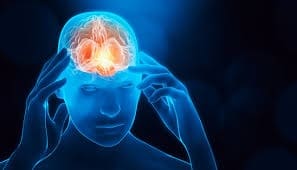
Conditions involving psychosis tend to manifest during late adolescence or early adulthood. Delusions or hallucinations are examples of symptoms that might affect a young person’s daily life and capacity for function., they lead to stigma or human rights violations.
5.Suicide and Self-Harm
The fourth leading cause of death among older adolescents (15-19 years) is suicide (2).The risk of suicide is influenced by a variety of factors, such as substance misuse, childhood maltreatment, self-destructive behaviors used as a kind of aid-seeking. Digital media, like any other form of media, can play a significant role in either increasing or weakening suicide prevention efforts.
6.Risk Behaviors Risk
Behaviors for jeopardizing one’s health encompass various actions such as substance use or engaging in risky sexual behaviors, often initiated during adolescence. Risk-taking behaviors can have a negative impact on a young person’s mental and physical health and serve as an unhelpful coping mechanism for emotional difficulties.
Around the world, in 2016, there was a prevalence of heavy episodic drinking among adolescents aged 15-19, with 13.6% reported, with males being at higher risk
Tobacco and cannabis use are additional concerns. Many adult tobacco users had the first cigarette before the age of 18. Cannabis is the most commonly used drug among adolescents, with approximately 4.7% of 15-16-year-olds reporting use at least once in 2018
Engaging in violence is a risk behavior that can increase the likelihood of educational underachievement, injury, criminal involvement, or death. In 2019, interpersonal violence was cited as one of the leading causes of death among older adolescent boys .
7.Coping and Prevention”
The goal of interventions in mental health promotion and prevention is to strengthen a person’s capacity for emotion regulation, improve alternate responses to risk situations, foster resilience to difficult situations and challenges, and advance a positive social environment and social networks.
These programs often require a multi-level approach with various delivery platforms – for example, digital media, healthcare or social care arrangements, schools or communities – and different strategies to reach different age groups, especially the most vulnerable individuals.
8.Early Diagnosis and Treatment
It is critical to meet the needs of people with mental health disorders, especially young people.
Avoid institutionalization, give non-pharmacological methods first priority, and uphold the rights of children.
Children’s rights, as defined in the UN Convention and other human rights documents, are essential for young people’s mental health.
WHO is responsible
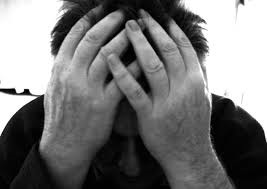
The World Health Organization (WHO) collaborates with UNICEF to work on policies, programs, and tools to help governments meet the health needs of young people, especially adolescents. For example, the Helping Adolescents Thrive (HAT) initiative is a joint effort by WHO and UNICEF aimed at strengthening policies and programs for the mental health of young people. Specifically, initiatives through WHO aim to promote mental health and prevent mental health conditions through actions like discouraging self-harm and helping mitigate other risk factors, such as alcohol and substance misuse, which can have negative effects on the mental and physical health of young people.
WHO has also developed a module for children and adolescents as part of the Mental Health Gap Action Programmed (MH GAP) Intervention Guide 2.0. This guide provides evidence-based clinical protocols for the assessment and management of mental health conditions within non-specialized care settings.
Furthermore, WHO is working on developing and testing scalable psychological interventions to address emotional distress among adolescents and providing guidance on mental health services for adolescents.
For the Eastern Mediterranean region, WHO’s regional office has prepared a mental health training package for teachers to better understand the importance of mental health, provide guidance on promoting mental health, and support the well-being of their students. This includes educational materials and resources to increase the number of schools promoting mental health.
NOTE:
Get enough sleep: Adults should aim for around seven to nine hours of quality sleep each night. You can also take short naps during the day to recharge and feel more alert.
Try relaxation techniques: Practices like mindfulness, deep breathing, and focusing your thoughts can be helpful when you’re feeling stressed.
You may also like :Dangers of Too Much Chlorine in Pools
